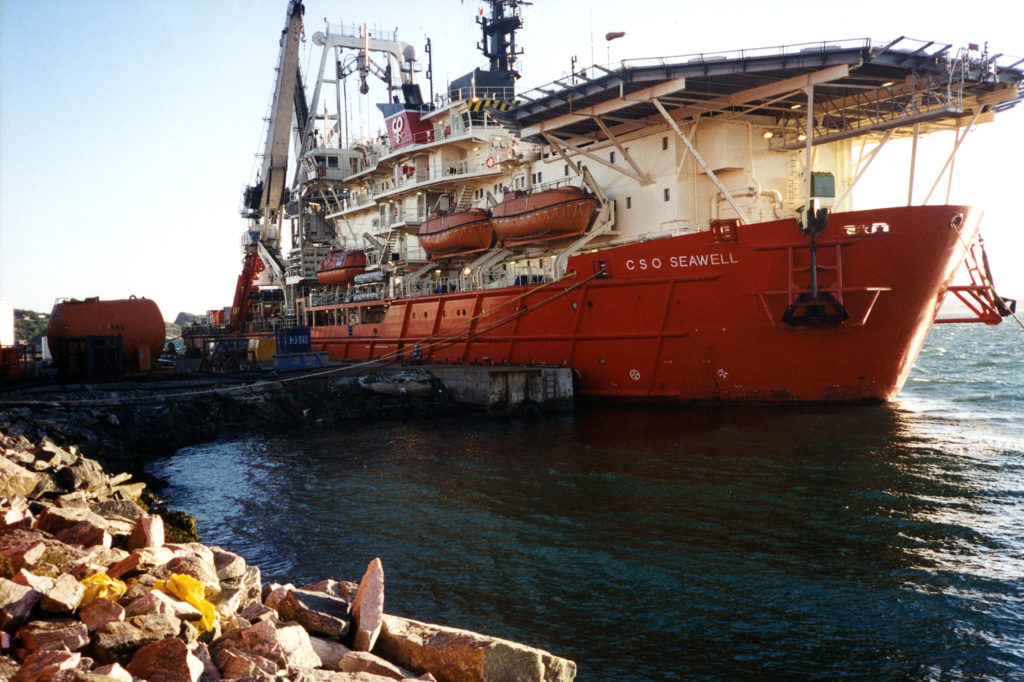Seabed gas leak halted
This occurred in 73 metres of water about 200 metres north-east of the Ekofisk Complex, where gas bubbled to the surface in an area about 40 metres in diameter.

The leak came from a fracture in a flowline running 2.3 kilometres from Ekofisk 2/4 C to Ekofisk 2/4 B to supply input for gas lift as a means of increasing production.
As soon as the leak was discovered, the flowline was shut in and had been emptied of gas within about six hours. Had the escape ignited, the results could have been very serious.
Both the Norwegian Petroleum Directorate (NPD) and the joint rescue coordination centre (JRCC) were notified, and the Phillips emergency response organisation swung into action.
An investigation was launched immediately, while Phillips faced a major repair job in replacing the 280-metre damaged flowline section.
That called for the mobilisation of a diving support vessel (DSV), installation of a new pipe section, and pressure testing of the flowline for the first time since 1988.
 Lekkasje i gassrør stoppet, historie,
Lekkasje i gassrør stoppet, historie,DSV CSO Seawell spent four days laying eight pipe lengths, each about 50 metres long and some 20 centimetres in diameter. The steel section was 360 metres in all, with the rest of the flowline being flexible piping.
The repaired gas lift flowline became operational on 1 July 1999, boosting production from Ekofisk 2/4 B by almost 14 000 barrels of oil per day. [REMOVE]Fotnote: Ekofisknytt nr. 11, 1999.
Redundancies follow oil price slumpShut down by gas cooler leak